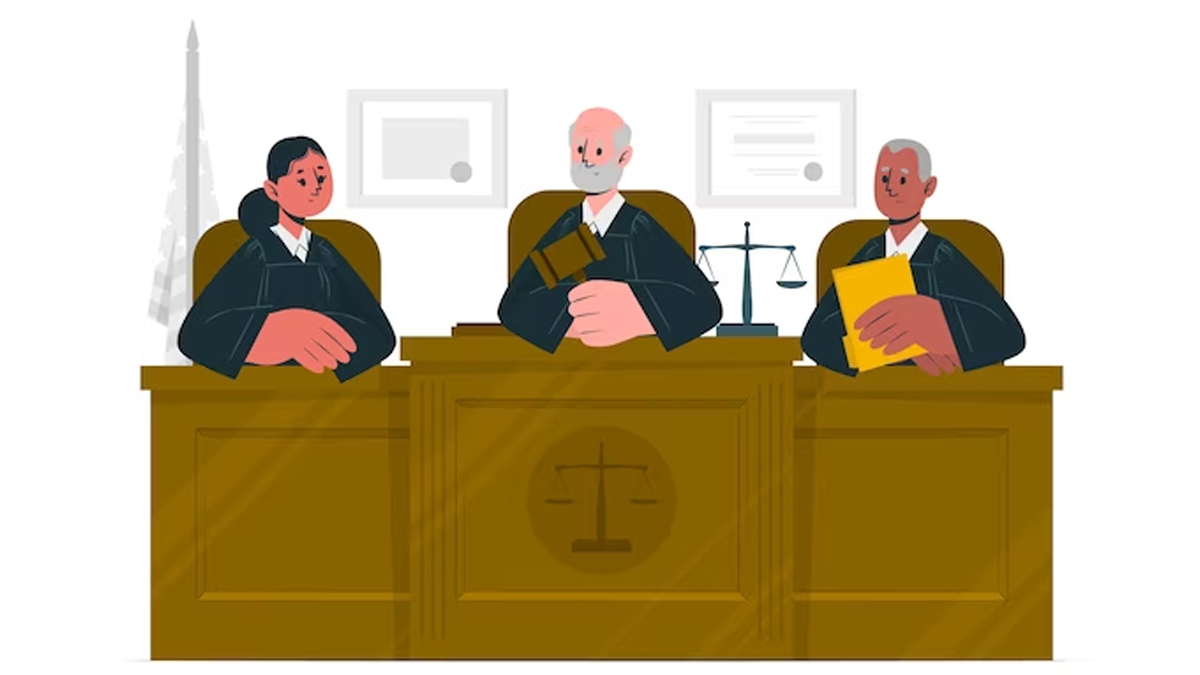This concept was borrowed from the ideas of political philosophers like Montesquieu and is a crucial aspect of India’s democratic system.
Legislature:
- The legislative branch is responsible for making and passing laws. In India, it consists of the Parliament at the national level and State Legislatures at the state level.
- The Parliament is bicameral and consists of the Rajya Sabha (Council of States) and the Lok Sabha (House of the People). The Rajya Sabha is the upper house, and the Lok Sabha is the lower house.
- Members of Parliament (MPs) are elected to represent the people’s interests and create new legislation.
Executive:
- The executive branch is responsible for implementing and enforcing the laws enacted by the legislature. It is headed by the President at the national level and the Governor at the state level.
- The real executive power is vested in the Council of Ministers, headed by the Prime Minister at the national level, and Chief Ministers at the state level.
- The President and Governors play a largely ceremonial role and are expected to act on the advice of the Council of Ministers.
Judiciary:
- The judiciary is responsible for interpreting and upholding the laws. It ensures that the other two branches act within the boundaries of the Constitution.
- The Supreme Court of India is the apex court at the national level, and each state has its own High Court.
- The judiciary has the power of judicial review, which allows it to declare laws or actions of the executive and legislature as unconstitutional.
The separation of powers in the Indian Constitution aims to prevent the concentration of power in any single branch and to ensure a system of checks and balances. This system helps safeguard the rights and liberties of citizens, prevents abuse of power, and maintains the rule of law. Additionally, the Constitution clearly defines the powers, functions, and limitations of each branch, which helps maintain the balance between them.
